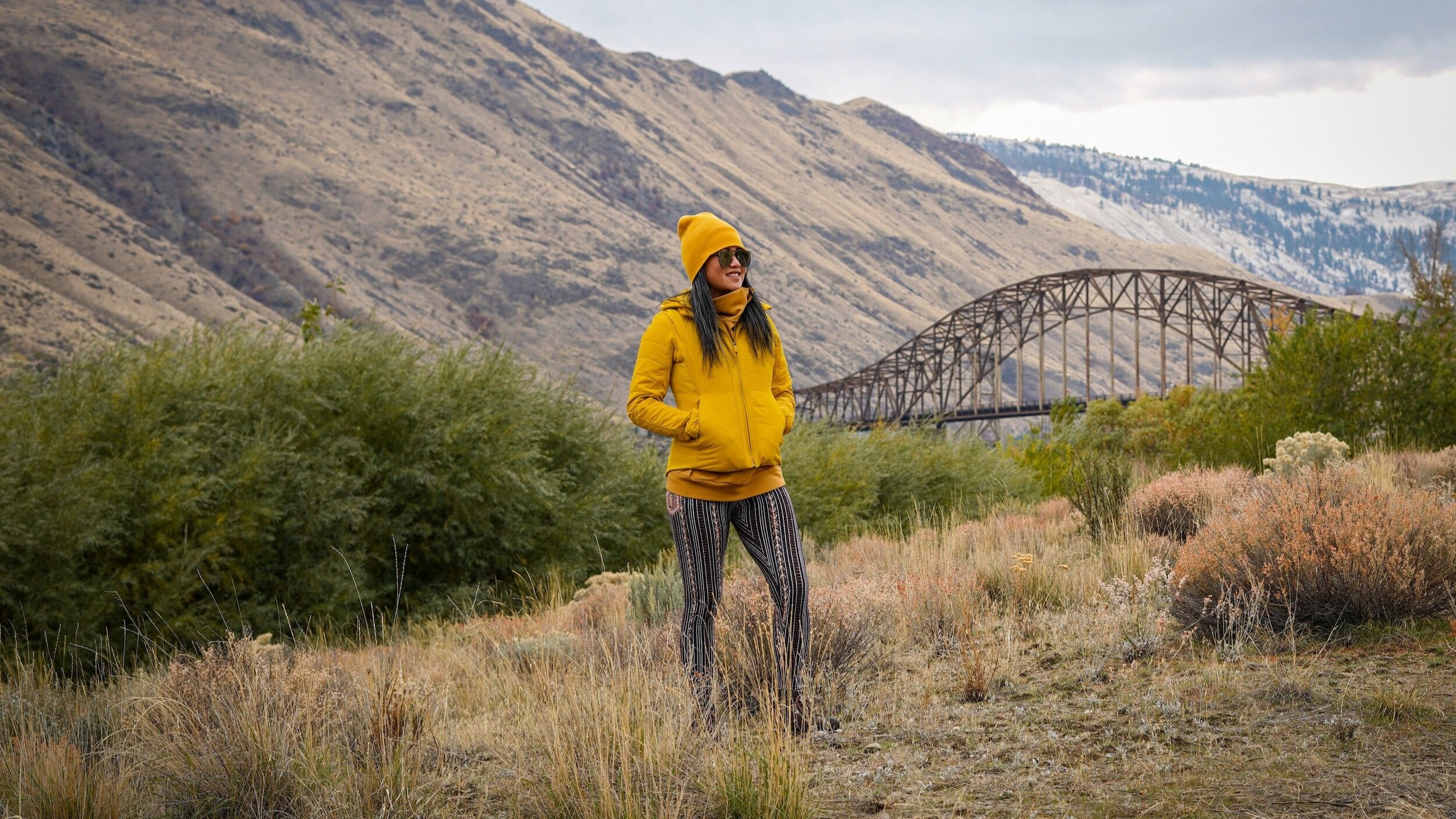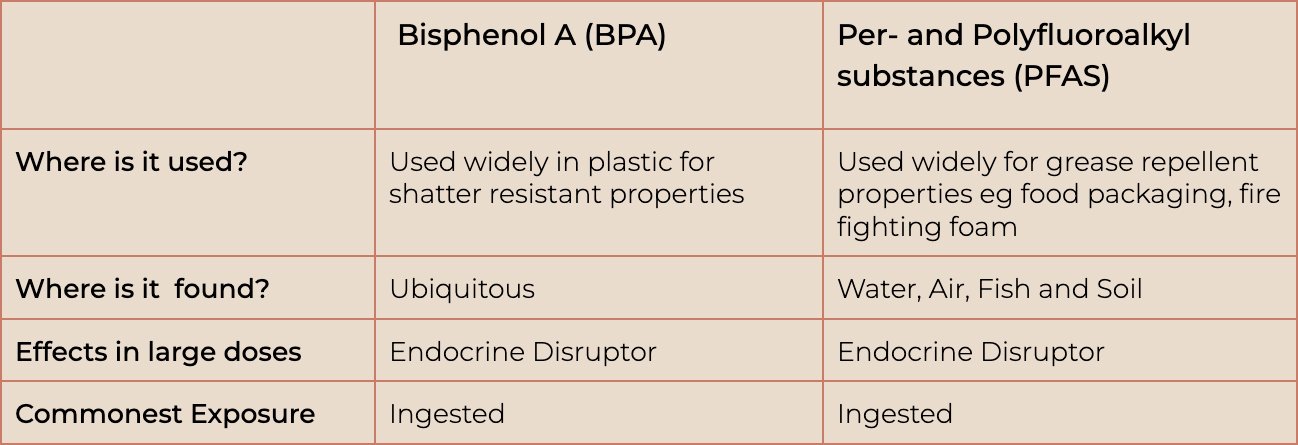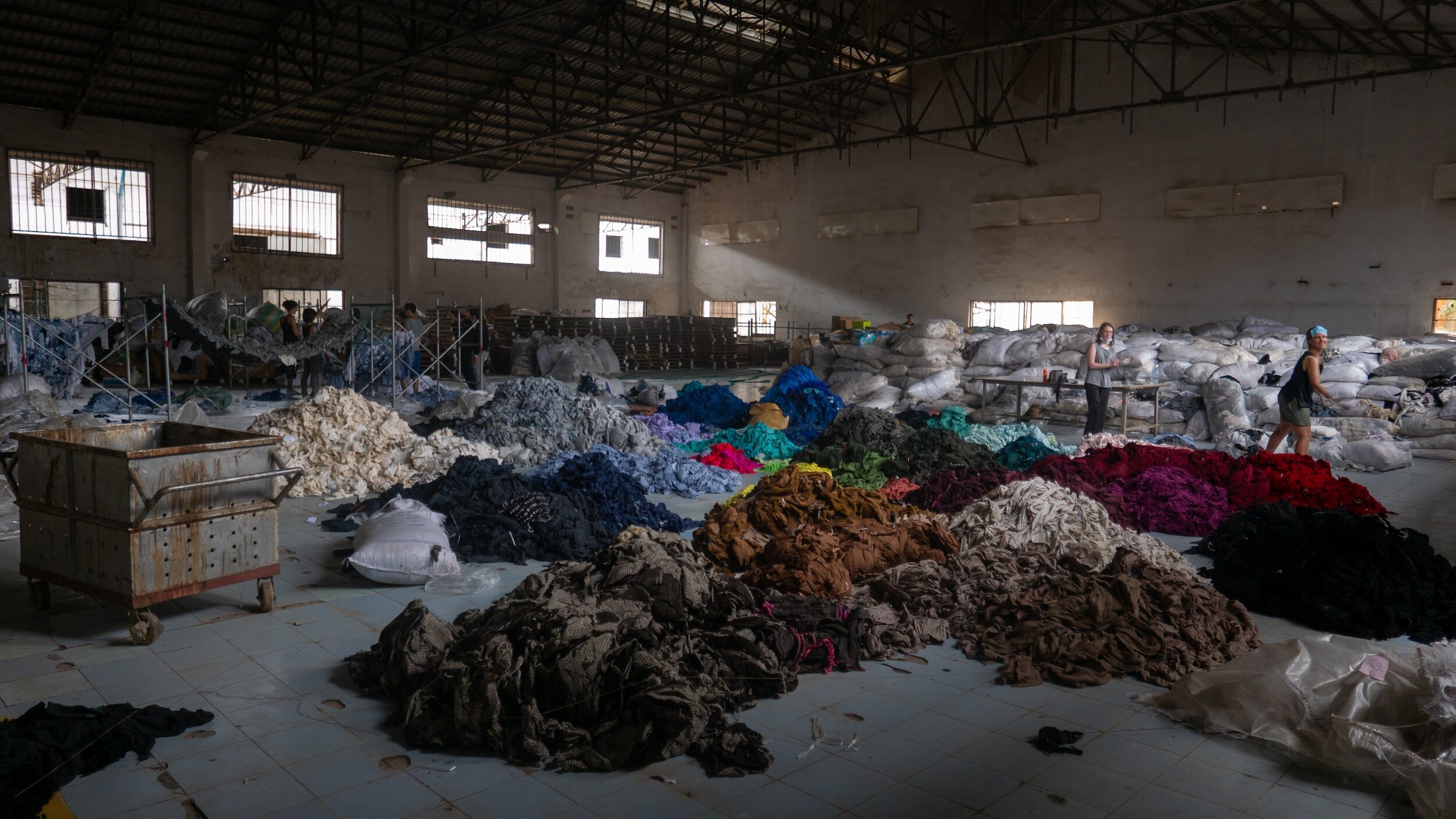The facts.
The chemicals listed below are often used to coat clothes, especially those which are touted as stain or water repelling.
Why organic yoga clothing? Here’s the big picture.
Leggings have become a wardrobe staple – super comfy and available in any color, pattern, and style imaginable – but do they pose a health risk and should you buy organic yoga clothing? A recent CNN opinion piece sounded the alarm bells by revealing that, “the Center for Environmental Health, a nonprofit consumer advocacy group based in California, tested sports bras, leggings, athletic shirts and other activewear and found high levels of the chemical bisphenol A (BPA) in those sold by Athleta, PINK, The North Face, Nike and Patagonia, among other brands”. This was not only scary but a wake up call that became the inspiration for today’s post. Are our exercise clothes really this bad? What are BPA and PFAS? If they are as toxic as this article says, why are they even allowed to be used? Let’s dig in!
Are these chemicals absorbed across the skin?
-
PFAS have been shown to be present on the skin and sweat glands but the absorption levels into the blood is controversial. There is some evidence that the absorption is dose related and puts certain workers like firefighters at risk.
-
It has been shown that BPA absorption across the skin contributes only marginally to total exposure.
-
Highly dyed fabrics are also at risk for causing allergies and skin irritation. Recall, the 2019 incidents after several airlines released new brightly colored uniforms for their flight attendants.
What about exercise clothing specifically?
Leggings are made out of a variety of natural (cotton and wool) and synthetic (spandex, polyester) materials. Each has different properties and serves different purposes.
Synthetic Fabrics:
-
SInce many are made of plastic-based materials, there is often virgin plastic being used in its manufacture.
-
Washing these fabrics releases microplastics into the water supply, especially during the first few washes and when heated with hot water or during the drying process.
-
It is estimated that 200,000-500,000 tons of microplastics from synthetic textiles enter the marine environment globally each year.
Natural Fabrics:
-
These are plastic free but like all natural fibers they are limited resources due to the need to grow and harvest these materials.
-
Cotton is one of the most water-intensive crops and requires significant energy for production – it takes 2700L of water to make a single cotton T-shirt.
-
The yarn making and dyeing process is also water and chemical intensive.
A few words about fast fashion and cheap clothing.
Mass-production of cheap, disposable clothing is one of the biggest contributors to the human and environmental strain on our lives and earth.
The constant need to update styles and looks has resulted in finding cheap materials, cheap processing and cheap labor. Here are some shocking facts.
-
100 Billions garments are produced per year
-
400% more clothes are being produced annually compared to 20 years ago. The world’s population has only grown ~27% during the same time
-
The average person wears a garment 7 times before throwing it away
-
At least 50% of clothing in our closets are not worn
Key takeaways.
-
There is no single correct answer
-
BPA and PFAS are concerning but on clothing, they are a small part of the overall problem
-
Human behavior such as excess consumption and detrimental personal habits are far more harmful
-
Despite a lot of sustainable brands pushing cotton leggings, the answer around synthetic vs natural fabrics is not entirely binary
-
Each fabric has its own pros and cons and can vary depending on what you are using it for
-
Our desire for ever changing, cute and cheap athleisure is a big problem
-
There is no such thing as cheap fashion, there is always a hidden price
The choice.
Life-focused
If your focus is on being kind to living things, buy from manufacturers who are transparent about labor conditions and avoid fabrics which are coated with water and stain repellent materials.
-
Many exercise clothing manufacturers produce their clothes in countries such as China, Bangladesh and India.
-
The prime motivator for this is to lower the price of these items for American consumers. This Vox article discusses the negative impact of the Athleisure boom on factory workers
-
-
Wash clothing before wearing them
-
Leggings are meant for exercise not to be lived in all day and t is important for them to be breathable and moisture wicking. The COVID pandemic combined with the athleisure trend has resulted in people “living” in exercise clothing.
-
This article provides a nice summary of the different materials and when to use them.
-
The most common harmful effects come from human reasons such as staying in exercise clothes all day.
-
Earth-focused
If your focus is on the environment, be thoughtful about your needs and choose between synthetic and natural fabrics accordingly. The impact of exercise clothing on the environment will vary depending on whether the fabric is synthetic or a natural fiber. Read more here.
-
Purchase leggings made recycled materials
-
Avoid highly dyed fabrics
-
Avoid heating up your synthetic fabrics – wash in cold water and air dry
Holistic
If you are focusing on both life and environment, we encourage you to buy less and wear more.
-
Buy better quality such as organic yoga clothing and repair it when necessary
-
Consider thrifting if you are comfortable
-
Buy from truly sustainable brands – beware of false claims
Additional resources.
Resources:



